Champagne Chat with Young’s Fine Wine
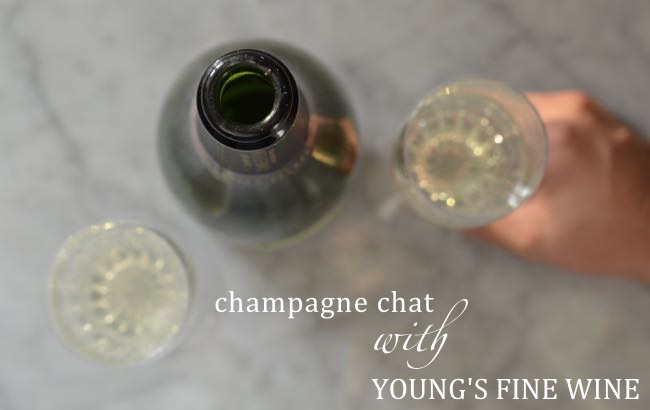 I’ve watched William and Laura build a business from scratch. I’ve witnessed it grow from strength to strength. At the launch of Young’s Fine Wine one might have wondered the connection between french champagne and island living. It’s only natural really, especially as when referring to the islands the first liquid libation to come to mind is rum, and lots of it. One would never expect to hear that champagne draws out the flavours in conch salad and jerk chicken. Two local dishes found in almost every culinary shack throughout the islands. But it does, and knowledge such as this is sure to heighten your experience – cultural or not. Of course, I wished to draw on their extensive knowledge surrounding the drink that is synonymous with celebrating, especially as the holidays are here.
I’ve watched William and Laura build a business from scratch. I’ve witnessed it grow from strength to strength. At the launch of Young’s Fine Wine one might have wondered the connection between french champagne and island living. It’s only natural really, especially as when referring to the islands the first liquid libation to come to mind is rum, and lots of it. One would never expect to hear that champagne draws out the flavours in conch salad and jerk chicken. Two local dishes found in almost every culinary shack throughout the islands. But it does, and knowledge such as this is sure to heighten your experience – cultural or not. Of course, I wished to draw on their extensive knowledge surrounding the drink that is synonymous with celebrating, especially as the holidays are here.

How do you recommend chilling a bottle quickly?
Place it in the freezer 30 minutes before drinking. This is how many locals in Champagne, France drink theirs and in essence they are the ones who set the rules. Also set a timer so you don’t forget to remove it from the freezer.
How would you keep it chilled?
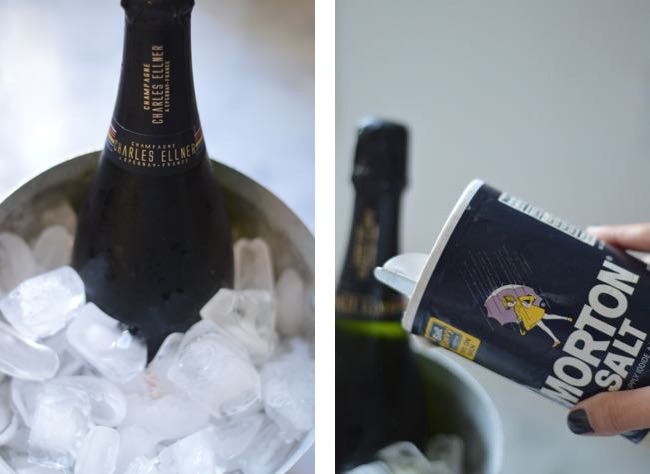 Place the bottle in a metal or insulated ice bucket. Fill it with large ice cubes as they won’t melt as quickly as their smaller counterparts. Add enough water to reach the lower neck of the bottle and add a tablespoon of salt. The salt lowers the freezing point and will keep the bottle chilled while serving.
Place the bottle in a metal or insulated ice bucket. Fill it with large ice cubes as they won’t melt as quickly as their smaller counterparts. Add enough water to reach the lower neck of the bottle and add a tablespoon of salt. The salt lowers the freezing point and will keep the bottle chilled while serving.
Does champagne need to breathe like wine?
Many champagnes do not need to breath, but when you have an aged Vintage Champagne quite often the champagne will need 10 minutes to “wake up”. Think of the champagne as having been asleep for years and it needs to acclimate. The same can be said for aged fine wine.
Your favourite Bootleg Chocolate pairings…
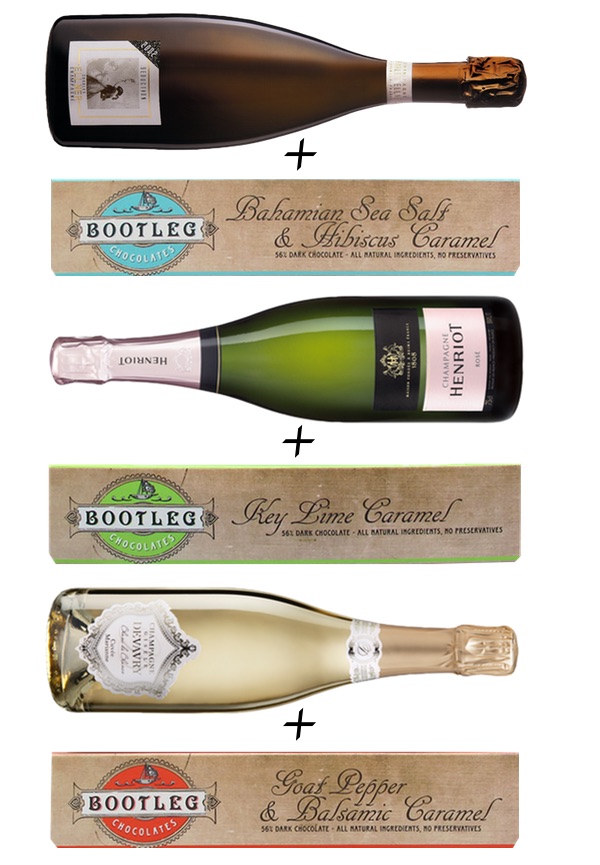
Coup or a flute?
Flute. While the coup may look fancier, the champagne will go flat more quickly once poured.
How do you know if champagne is bad?
The biggest misconception is if champagne doesn’t bubble once poured then it is bad. This isn’t true. Bubbles appear because of imperfections in the glass. If your champagne flute or coup is of high quality and has a smooth finish then fewer bubbles may appear. The way to tell if champagne is bad is first to smell it and then taste it. If it has a sour, bitter smell or taste to it then you’ll know.
Three champagne cocktails to make this season:
 In a coup glass pour 1 oz Pomegranate Juice, 1/4 oz Fresh Squeezed Lemon Juice, top with champagne and garnish with a rosemary sprig.
In a coup glass pour 1 oz Pomegranate Juice, 1/4 oz Fresh Squeezed Lemon Juice, top with champagne and garnish with a rosemary sprig.
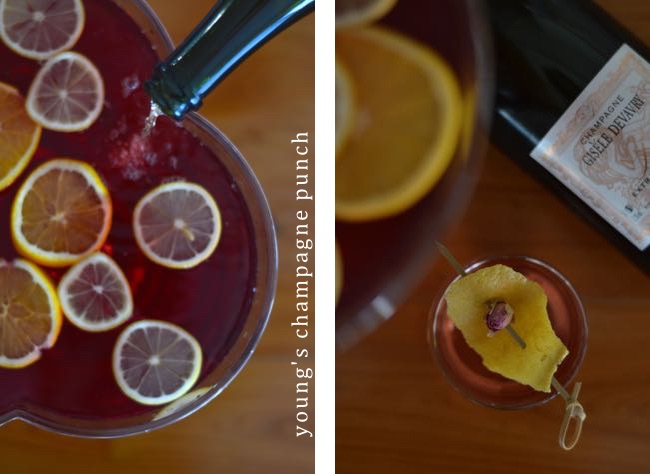
In a punch bowl pour:
1/2 cup Simple Syrup (1:1)
1 1/2 cup Sipsmith Damson Vodka
1 cup Pomegranate Juice
1/3 cup Fresh Squeezed Lemon Juice
Top with 2 bottles of Brut Champagne
Stir gently, add a large “berg” of ice and garnish with floating lemon slices and mint if desired
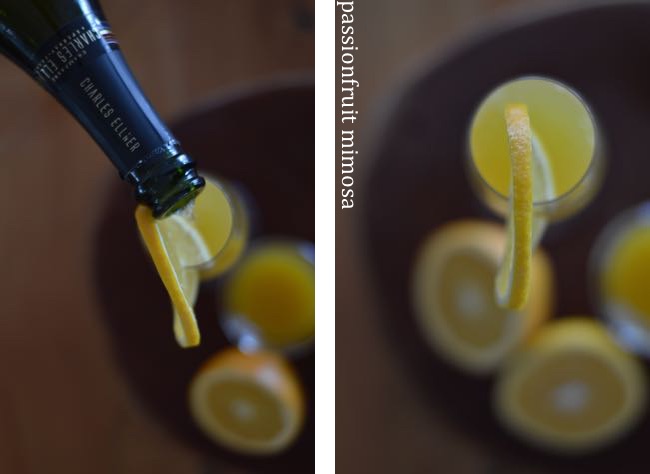 In a champagne stem glass pour 3/4 oz Fresh Squeezed Orange Juice and 3/4 oz Passion Fruit Puree, top with champagne.
In a champagne stem glass pour 3/4 oz Fresh Squeezed Orange Juice and 3/4 oz Passion Fruit Puree, top with champagne.

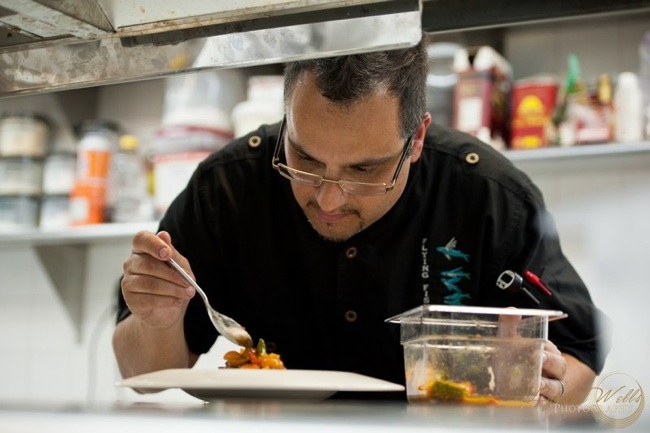
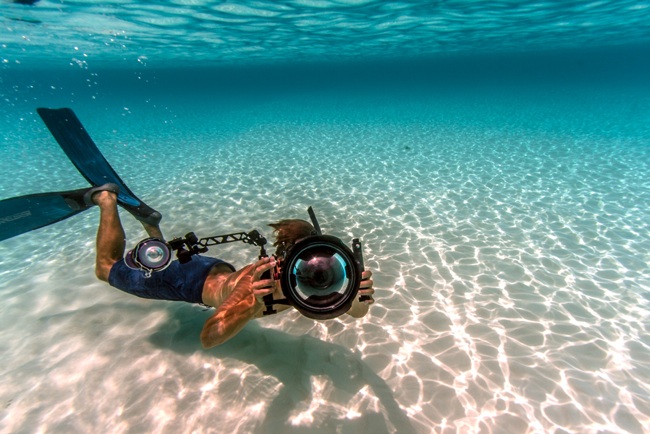
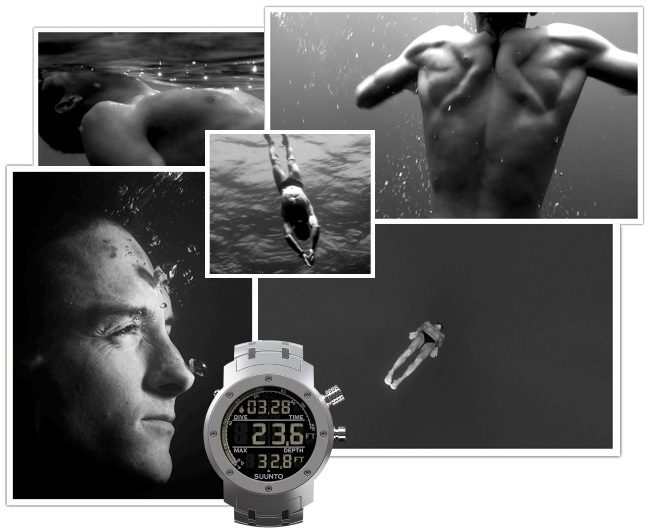
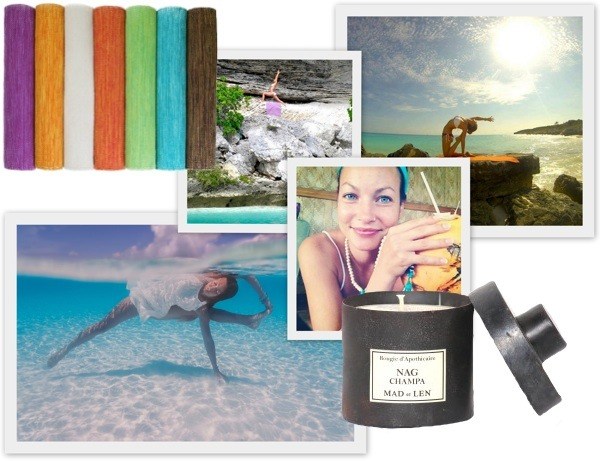
Join the conversation